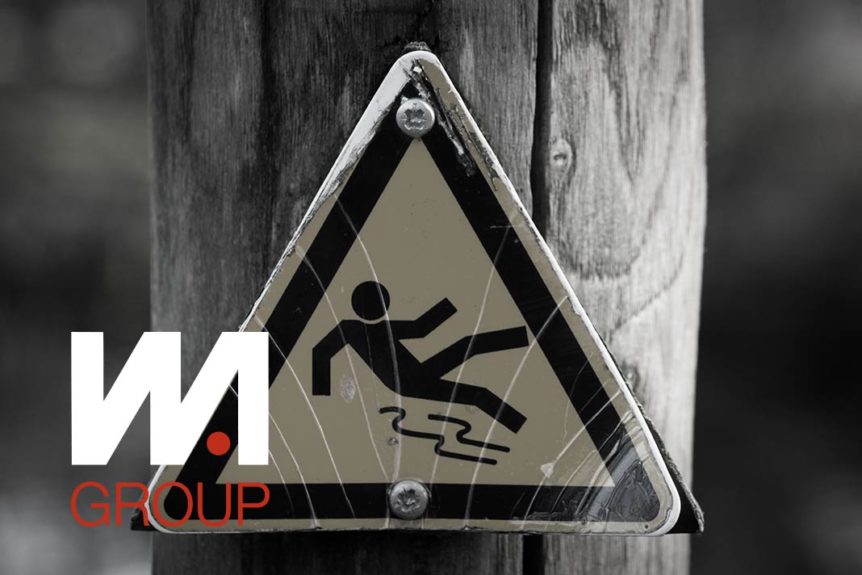Blog by: Garry Watts, CPCU, CRM
The number one work comp injury nationwide is… back injury. Back injuries can be very puzzling to employers and very frustrating for employees. Chronic back disorders can develop over time as a result of repetitive actions. Many times, the warning signals can be ignored by an employee until the condition becomes chronic. An intense, sharp pain in the back can result immediately from improper lifting.
Every year, an estimated ten million employees in the United States experience back pain that impairs their job performance. Approximately one million of these workers file a work comp claim, with an estimated impact of $10 billion in comp payments. In addition, employers also have the cost of lost productivity due to the injured employees’ absences and the expense of finding and training replacements.
WA Insurance Group/Winona Agency highly recommends that your company formulate an effective injury-prevention strategy to prevent, reduce, and eliminate back injury claims. Industry experts recommend addressing four steps in a back injury prevention program:
1. Safe Lifting Practices:
Lifting techniques including keeping a neutral curve in your back, bending from the knees rather than the waist, keeping your head and shoulders up as you begin lifting, bringing the load in close, lifting with your legs, avoiding unnecessary twisting movements, and lowering the load by bending the knees.
2. Support Devices:
Personal protective equipment for back injury prevention includes back support belts as well as cushioning shoe insoles. For desk jobs, special furniture is available for proper sitting.
3. Improving Job Design:
Ergonomic studies can redesign furniture, weight of objects handled, and use of tools to minimize the risk of back injuries. An effective job design can be evaluated by safety personnel from your insurance company as well as the employees performing the work.
4. Screening Programs:
Screening methods may include strength/flexibility testing, pre-employment physicals, and spinal x-rays. Special attention must be given to the selection process and the use of the results for both program effectiveness and legal considerations.
Become proactive and control your work comp costs!

